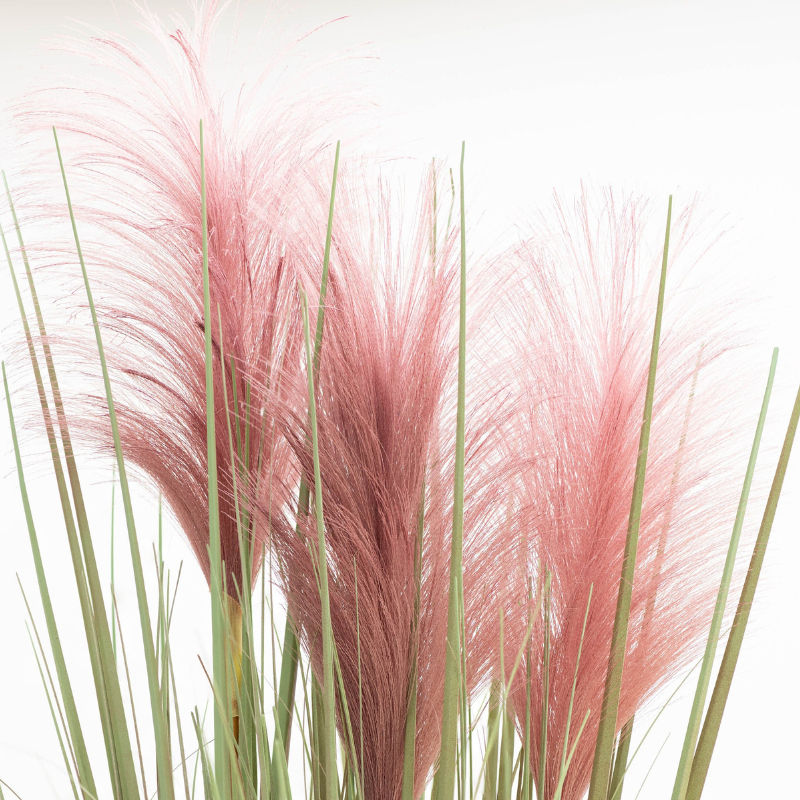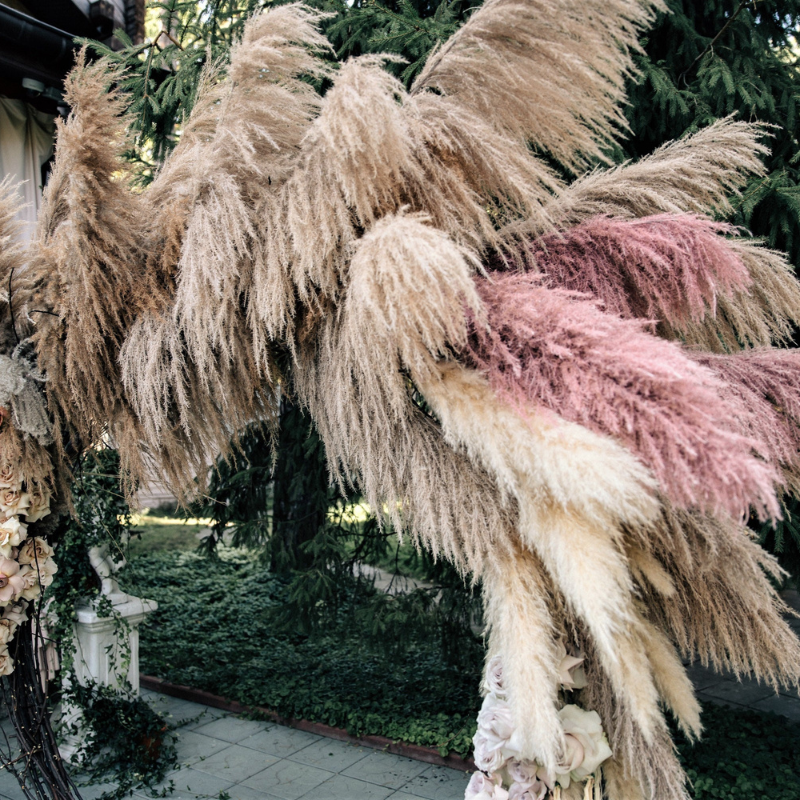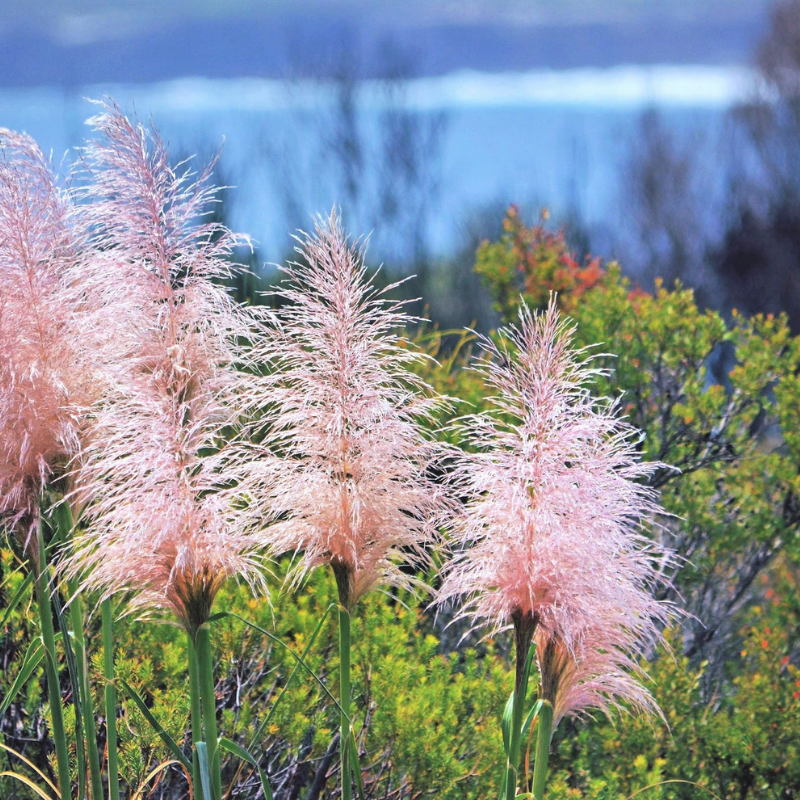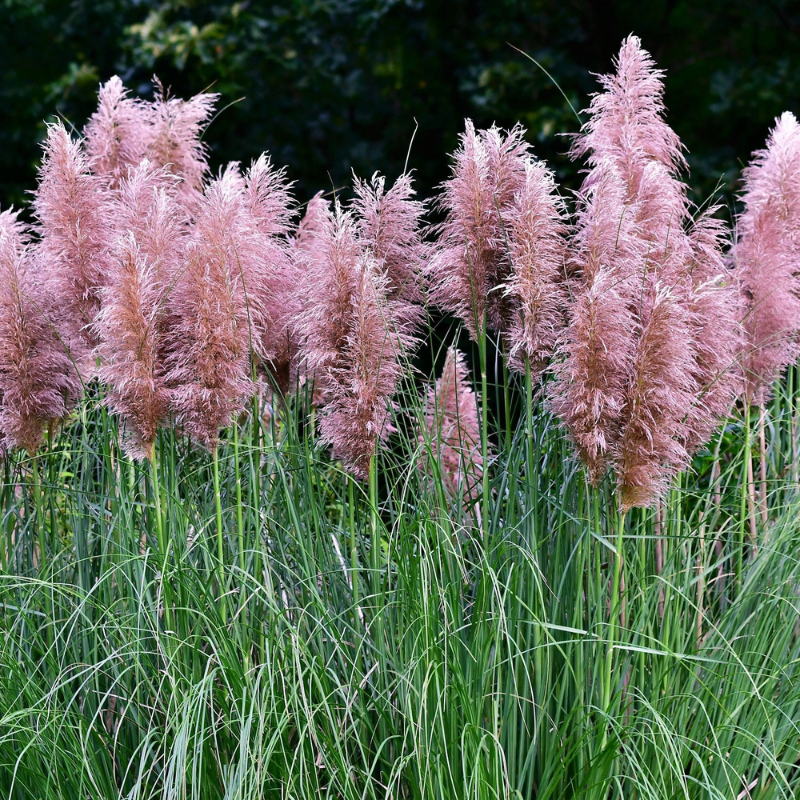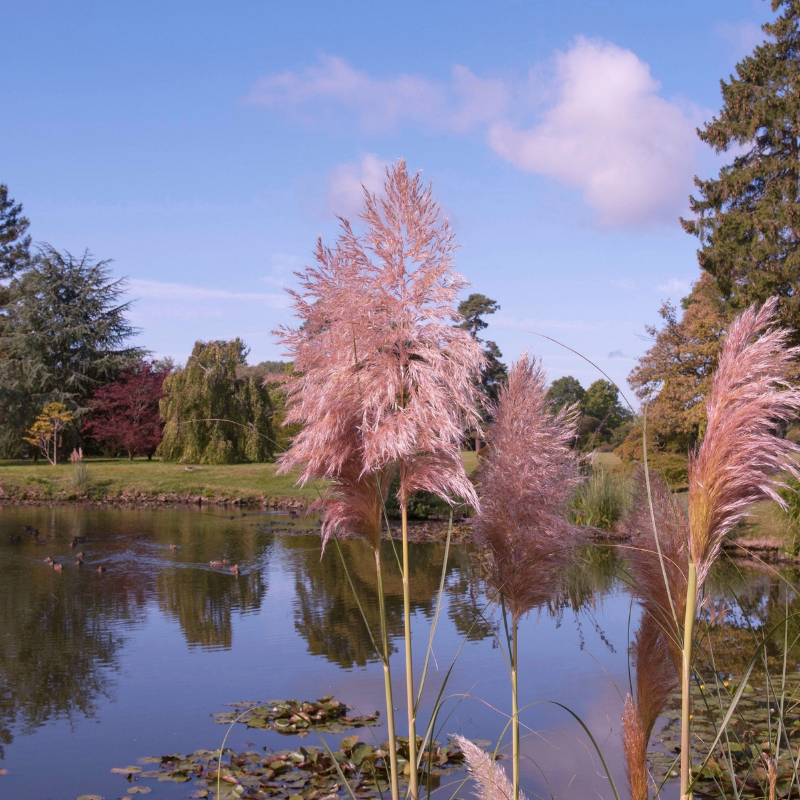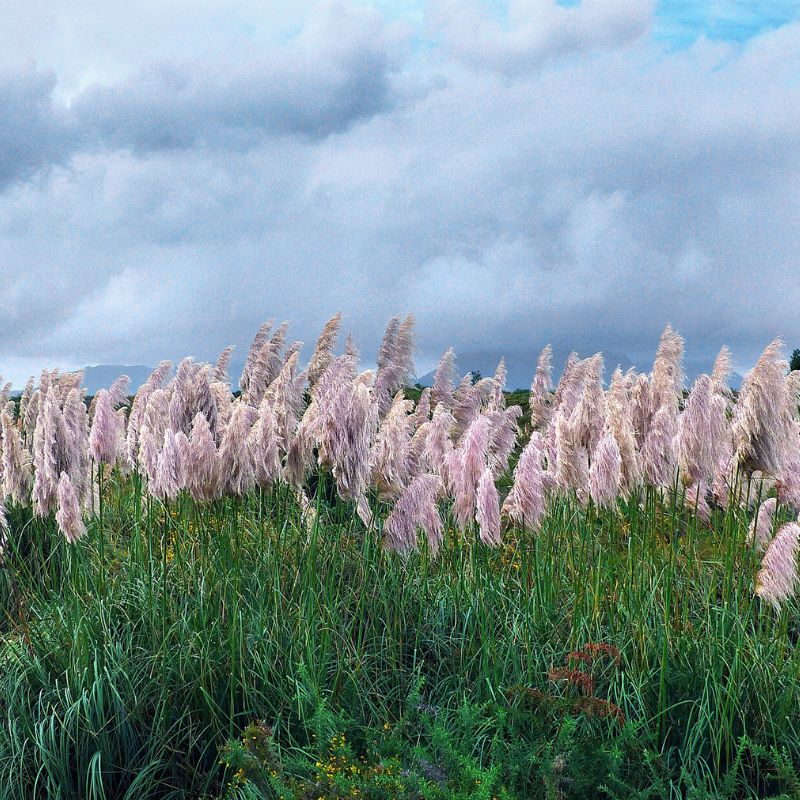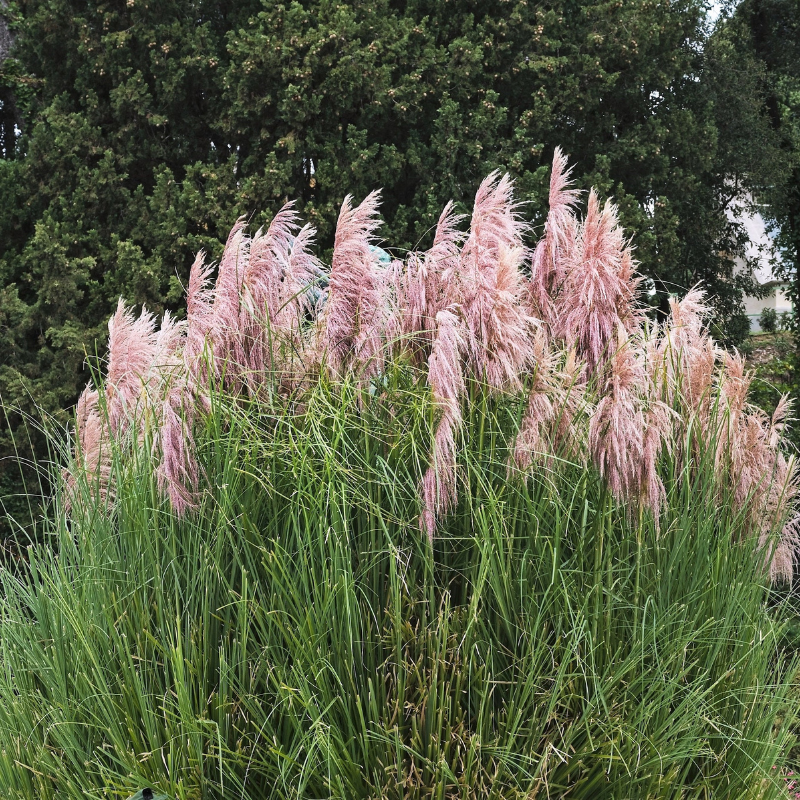- Historical context: Pampas Grass (Cortaderia selloana) is a tall grass native to South America, particularly the Pampas region of Argentina, Brazil, and Uruguay. It was introduced to Europe and North America in the 19th century as an ornamental plant.
- Geographical origination: Native to the Pampas region of South America.
- Relevant cultural significance: Pampas Grass has been used in landscaping for its striking appearance and tall, feathery plumes. It has also been used in dried flower arrangements and as a symbol of exotic and tropical gardens.
- Time period of discovery: First described scientifically in the early 19th century.
- Original habitat: Native to the temperate grasslands of South America, particularly in regions with well-drained soils and full sunlight.
- Notable historical uses: Primarily used as an ornamental plant in gardens and landscapes. It has also been used in erosion control due to its extensive root system.
- Ideal temperature range: 15-25°C (59-77°F). Pampas Grass is hardy and can tolerate a range of temperatures, but it thrives in mild climates.
- Soil type: Prefers well-drained, fertile soil. It can tolerate a range of soil types, including sandy and clay soils.
- Sunlight requirements: Full sun. Pampas Grass requires at least 6 hours of direct sunlight daily.
- Watering needs: Moderate watering. It is drought-tolerant once established but benefits from regular watering during dry periods.
- Planting season: Best planted in spring or early summer when the soil has warmed up.
- Germination time: Seeds typically germinate within 2-3 weeks under optimal conditions.
- Growth cycle duration: Pampas Grass is a perennial plant, meaning it will grow and bloom year after year.
- Common pests and diseases: Generally pest-resistant but can be affected by rust and leaf spot diseases. Regular monitoring and proper spacing can help prevent these issues.
- Companion planting advice: Can be planted with other ornamental grasses and perennials that thrive in similar conditions. Avoid planting near small, delicate plants as Pampas Grass can overshadow them.
- Common challenges and solutions: Pampas Grass can become invasive in some regions. Regular pruning and removal of seed heads can help control its spread. It can also be a fire hazard if not maintained properly, so regular trimming of dead foliage is recommended.
- Nutritional values: Not applicable as Pampas Grass is not typically consumed.
- Health benefits: Not applicable as it is primarily used for ornamental purposes.
- Culinary uses: None. Pampas Grass is not edible.
- Medicinal uses: None known.
- Other unique advantages: Ornamental appeal: Pampas Grass is highly valued for its tall, feathery plumes that add a dramatic effect to gardens and landscapes.
Erosion control: Its extensive root system helps in stabilizing soil and preventing erosion.
Low maintenance: Once established, it requires minimal care and is drought-tolerant.
